

— Products —
 Consumer hotline +8618073152920
Consumer hotline +8618073152920 WhatsApp:+8615367865107
Address:Room 102, District D, Houhu Industrial Park, Yuelu District, Changsha City, Hunan Province, China
All products
The main instruments used to monitor atmospheric visibility levels are visibility sensors and visibility meters. A key device used to measure visibility in the atmosphere, the visibility sensor assesses visibility by measuring the degree of scattering and absorption of light in the atmosphere. It utilises the optical path between the transmitter and receiver to calculate the degree of attenuation of light by the atmosphere by accurately measuring the difference in intensity b···
Tel/WhatsApp:+8615367865107
Email:Arvin@niubol.com +Nearly 100 partner companies in more than 68 countries. We are committed to providing high-quality, practical products to meet your needs and help you solve problems. Our products comply with international standards and are certified with ISO, CE and RoHS.Product Details
The main instruments used to monitor atmospheric visibility levels are visibility sensors and visibility meters. A key device used to measure visibility in the atmosphere, the visibility sensor assesses visibility by measuring the degree of scattering and absorption of light in the atmosphere. It utilises the optical path between the transmitter and receiver to calculate the degree of attenuation of light by the atmosphere by accurately measuring the difference in intensity between the transmitted and received light signals, and thus extrapolating the current level of visibility. Such sensors have a wide range of applications in meteorological observation, environmental monitoring, traffic safety and other fields.
In terms of working principle, a visibility sensor mainly relies on optical principles. It usually consists of a transmitter and a receiver. The transmitter emits a beam of light of a specific wavelength, such as infrared light or laser light, into the atmosphere. As these rays of light travel through the atmosphere, they interact with aerosol particles in the atmosphere (e.g., fog droplets, dust, etc.), causing some of the light to be scattered or absorbed. A receiver captures this scattered or absorbed light and measures its intensity. By comparing the difference in intensity between the emitted and received light, the visibility sensor is able to calculate how much light is being attenuated by the atmosphere, and thus the current visibility level.
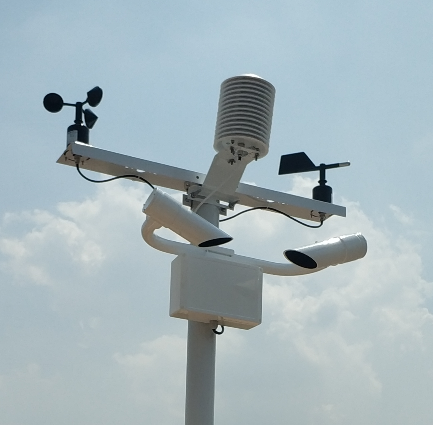
Front View
The visibility instrument (visibility sensor) requires a DC12V power supply and a three-wire RS485 communication cable. The instrument sends the meteorological visibility values and status information to the host computer in the monitoring centre via a communication interface.
The visibility instrument provides several sets of built-in commands for configuring system parameters and controlling many functions of the system. During assembly and maintenance, a display terminal is required to check the system parameters and may be used to change the parameter values.
The Visibility meter is an instrument that measures the distance visible in the atmosphere. Its measurement method is mainly through the measurement of the atmospheric extinction coefficient, and then based on empirical formulas to derive the distance observed by the naked eye. The measurement results of the visibility meter can reflect the transparency of the atmosphere and air quality, which have important application values for environmental protection and traffic safety.
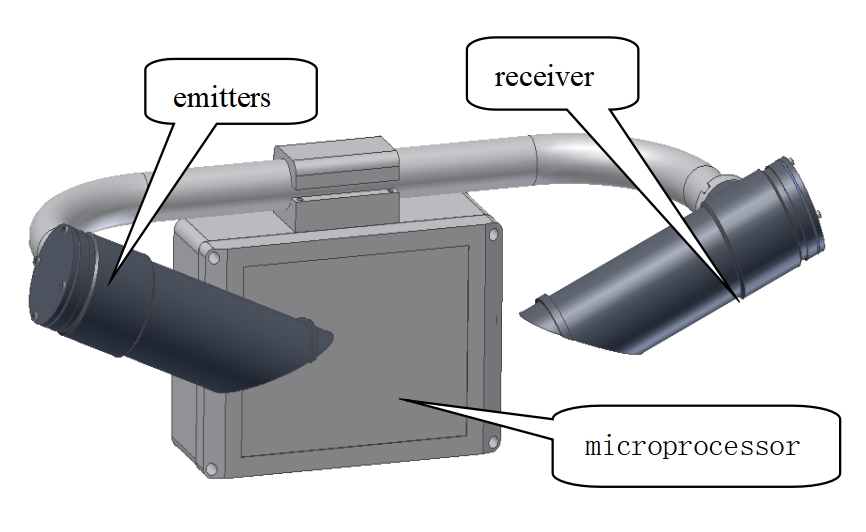
Visibility meters are categorised according to different observation principles, including transmission and forward scattering. Transmissive visibility meters utilise the principle of direct attenuation of light travelling through the atmosphere and calculate visibility by measuring the average extinction coefficient of the horizontal air column between the transmitter and receiver. Forward scattering visibility meters, on the other hand, measure the forward scattering intensity of a dedicated light source in a given volume of atmosphere to obtain its scattering coefficient, which is then used to calculate the atmospheric visibility value according to a relevant mathematical model.
Visibility sensors have several advantages. Firstly, it is characterised by non-contact measurement, which means that the sensor does not need to be in direct contact with the object to be measured, and therefore will not cause contamination or damage. Secondly, visibility sensors typically have high measurement accuracy, especially in low light conditions. In addition, these sensors are robust, stable and reliable, and consume relatively little energy. At the same time, many visibility sensors are equipped with automatic heating control modules, which enable them to work in extreme environments such as cold.
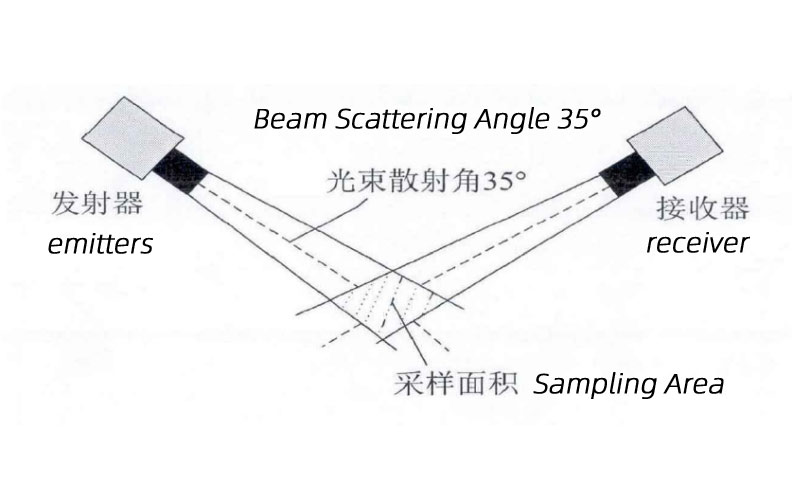
| Supply voltage: | DC12V |
| Signal output: | RS485 |
| Communication protocol: | standard MODBUS protocol |
| Baud rate: | 9600 |
| Technical principle: | light scattering |
| Scattering angle coverage: | 39o-51o front scattering |
| Peak wavelength: | 875nm |
| Bandwidth: | 100nm |
| Measuring range: | 5-10KM |
| Measurement accuracy: | ≤2km, 2%; 2km-10km, ±10%; |
| Working temperature: | -40-80℃ |
| Working humidity: | 0-95%RH |
| Standard cable length: | 10 metres |
| Size: | 610mm x 230mm x 300mm |
Material: | anodized hard aluminium, with paint protection on the outer surface |
| Protection grade | IP65 |
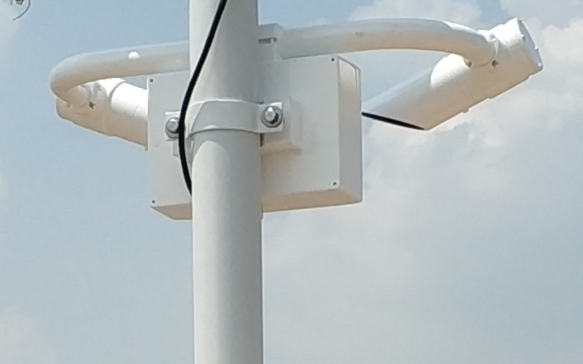
Rear view
In terms of applications, visibility sensors play an important role in many fields. In meteorological observation, it is used for real-time monitoring of atmospheric visibility, to help the meteorological department to predict and early warning of fog, haze and other weather phenomena. In environmental monitoring, visibility sensors are used to assess issues such as air quality, pollution levels and energy consumption. In addition, in traffic safety, visibility sensors can be installed on roads, airports, seaports, etc. to monitor visibility conditions in real time, providing drivers and traffic dispatchers with critical information to improve traffic safety.
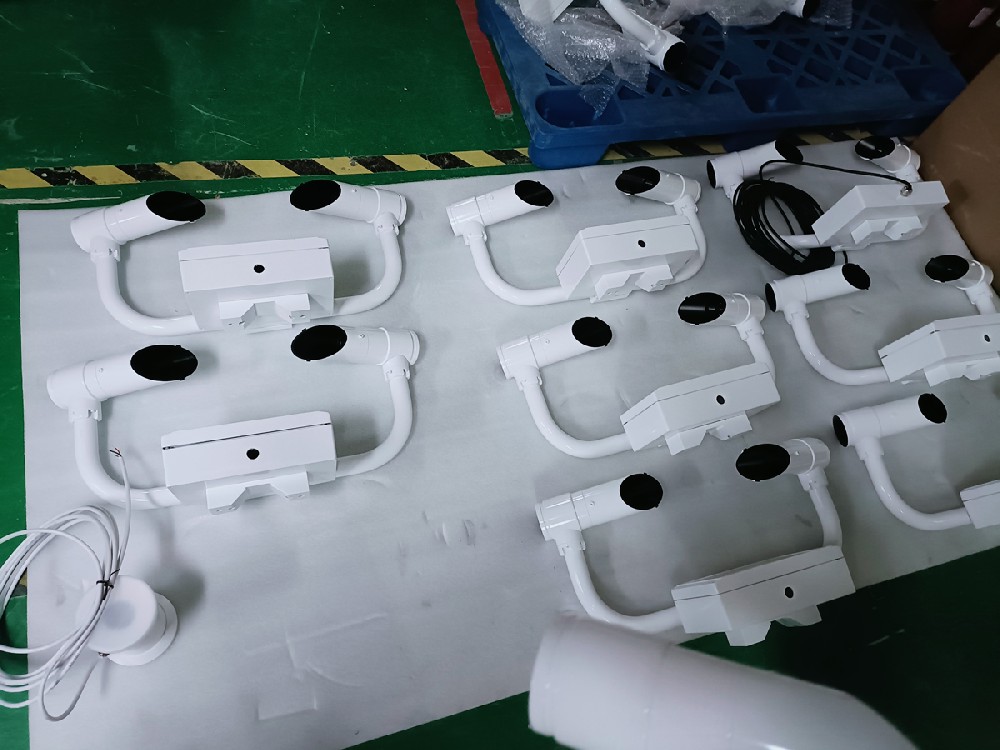
Overall, visibility sensors are a powerful and stable device. Visibility sensors are characterised by real-time, accuracy and stability, and are able to continuously monitor the visibility level of the atmosphere to provide data support for decision-making in related fields. In meteorological observation, they can provide accurate visibility data to help meteorological departments predict weather conditions such as haze, rain and snow, and provide timely warning information to the public. In environmental monitoring, they can monitor the concentration and distribution of pollutants, providing the environmental protection department with a basis for governance. In the field of traffic safety, they can monitor the visibility of the road in real time, providing drivers with reference for safe driving.
Sensors & Weather Stations Catalog
Agriculture Sensors and Weather Stations Catalog-NiuBoL.pdf
Weather Stations Catalog-NiuBoL.pdf
Related recommendations
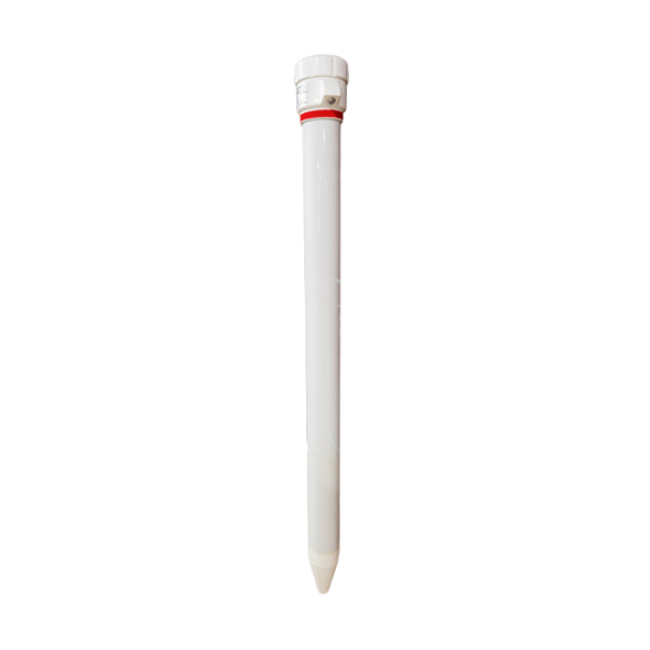 Multi-Depth Soil Sensor RS485
Multi-Depth Soil Sensor RS485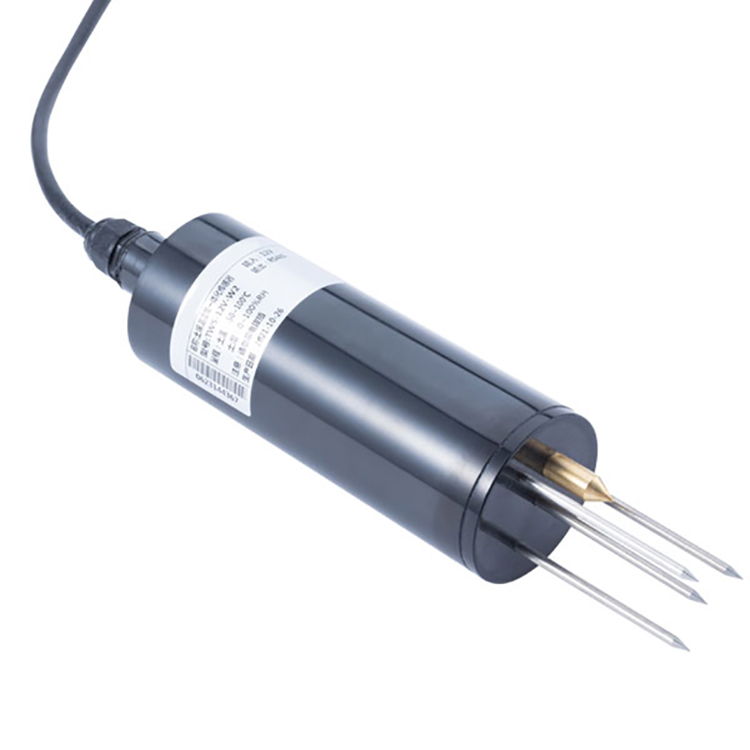 TDR Soil Moisture Sensor
TDR Soil Moisture Sensor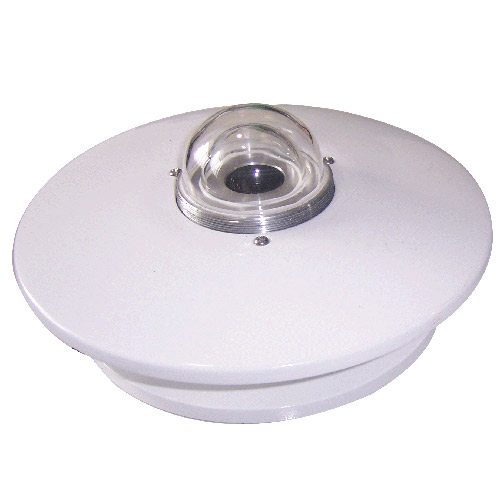 Pyranometer Solar Radiation Sensors
Pyranometer Solar Radiation Sensors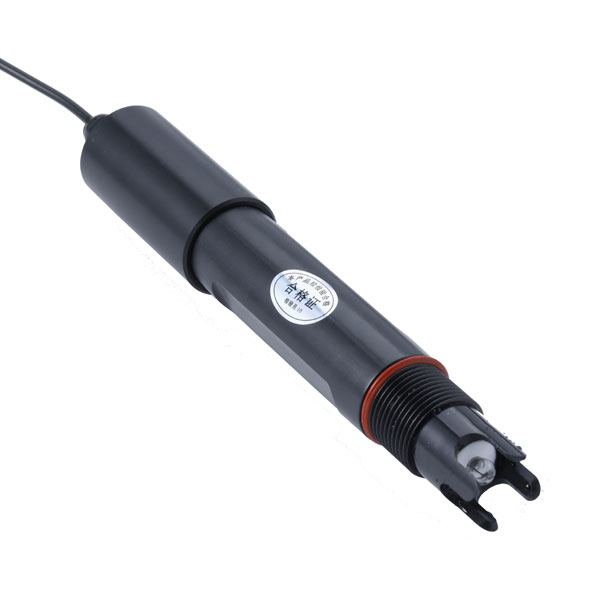 Soil ph sensor
Soil ph sensor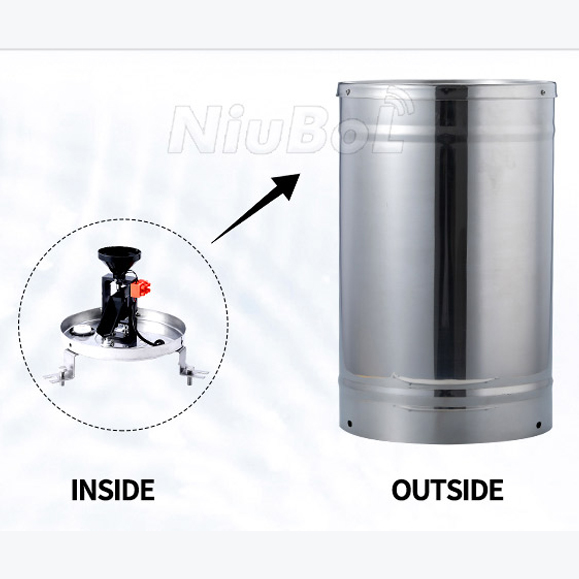 Tipping Bucket Rain Gauge
Tipping Bucket Rain Gauge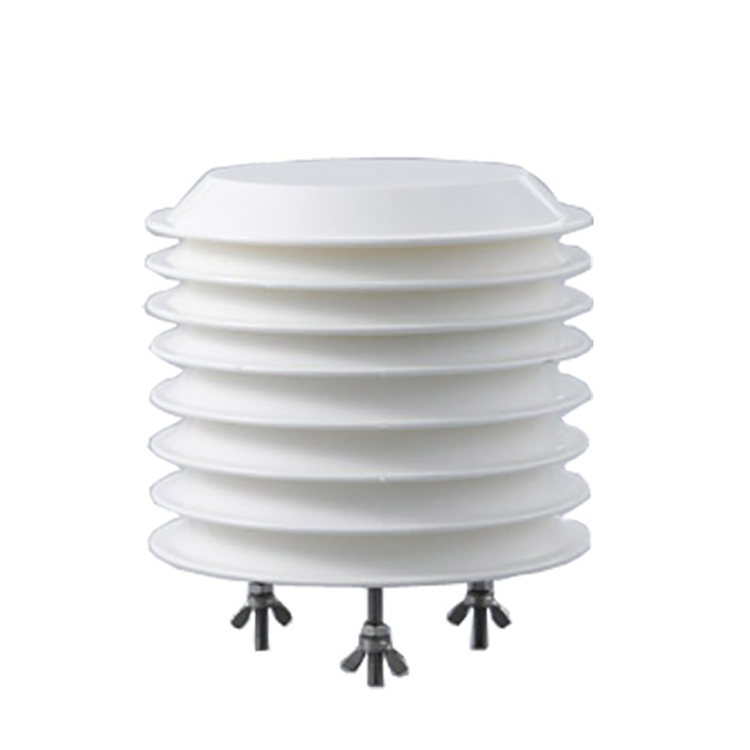 Air Temperature and Humidity Sensor
Air Temperature and Humidity Sensor
Screenshot, WhatsApp to identify the QR code
WhatsApp number:+8615367865107
(Click on WhatsApp to copy and add friends)
